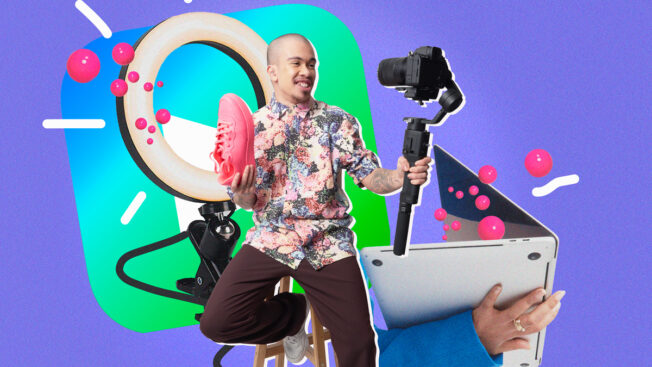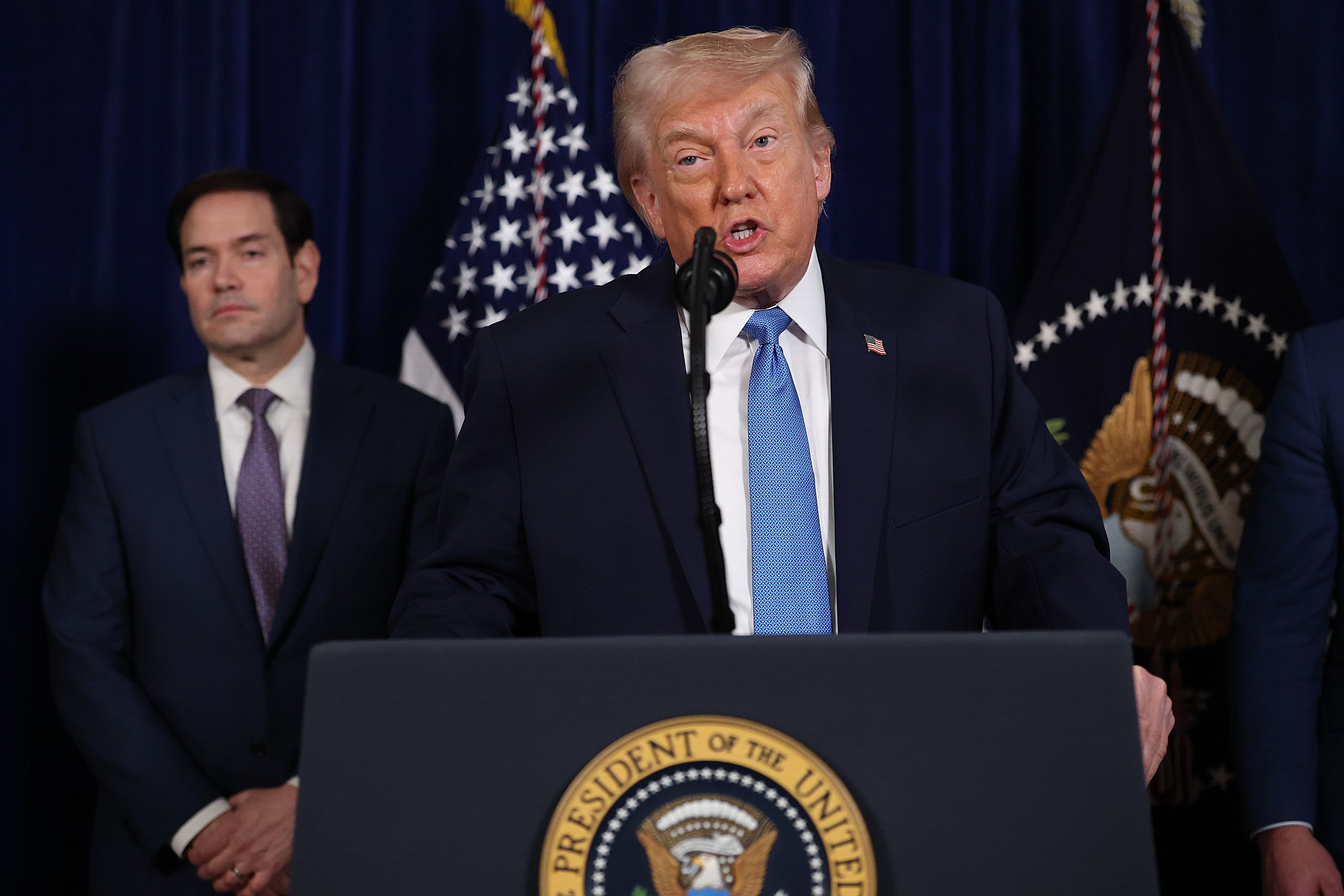Insights into Creatorverse Revealed at Social Media Week Europe

Influencers and creators are not new additions to the marketing mix, yet brands leaders are still figuring out how best to work with this new school of talent.
At the same time, a growing appetite for content across all platforms—from TikTok to YouTube—is taking its toll on the creator community.
With marketers under pressure to drive ROI against the backdrop of an economic downturn and creators in demand, both sides are learning as they go.
Earlier this month, Social Media Week Europe gathered agencies, brands and creators in one place to delve into the trends they’re seeing and glean insights into successful collaborations.
With speakers from companies such as Burger King U.K., LadBible, Brandwatch, Booking.com, Gymshark and Virgin O2, the audience got a behind-the-scenes look at how the creator economy is being adopted as a marketing channel.
Here, we highlight some of the wisdom imparted from marketing professionals throughout the event.
What Sets Latinx Influencers Apart From the Rest of The Creator Economy
“The idea of following our instincts and luck is really interesting, and to be able to capitalize on those things as a creative agency or as a brand you really need the structure in place entirely in order to facilitate that,” said Thomas Walters, Europe CEO and founder at social media agency Billion Dollar Boy.
“If you’ve got a lack of trust in the frameworks that you have put in place for creators, and you can’t facilitate quick reactive content that is still on brand and brand safe, then you’re not going to do amazingly well.”
“I would love to see more freedom. I feel like agencies and brands are becoming stricter nowadays. Recent briefs I’ve been getting have been very scripted,” said Linasha Kotalawala, a beauty content creator. “My audience doesn’t like to engage in things when it’s a lie.”
“Creators should be on every single brief that we get,” said Nicky Palamarczuk, head of social and influence at VCCP. “They’re a brilliant way to activate an idea and tap into usually a very engaged audience.”
“The art of doing well, especially in the modern day social era, is through iteration. The world changes every single day. You could literally plan to post something the day before and something will happen in the world that swings your perspective. So ultimately, if you should want to post something, you should always be prepared to say, “That’s history,” and should move forward,” said Elfried Samba, co-founder of Butterfly 3ffect.
“It’s not just trying to check off your marketing budget and say, ‘We’ve got to target the queer community, now on to the next one,’ but really figuring out long-term partnerships,” said Jen Leung, director of social and comms planning at Leo Burnett UK.
“Conversational formats are going to be in the mainstream,” predicted Melody Meacher-Jones, head of social and influencer for Accenture Song UK.
“We’re seeing it in programmatic components, and we’re starting to see it come through social, and AI personas are really pushing that through. If we look at Lil Miquela, who is a virtual influencer, she’s now doing so many brand deals at the moment with a lot of fashion houses, and I think we’ll see exactly the same with these AI personas. It’s a big opportunity for brands because you’re going to be able to tap into the influence that big celebrities have probably at a fraction of the cost.”
“The best way to think about them is that you are playing a game with the audience. You are asking, ‘Is this real, or is this fake?’ And all of the time you are able to play that game,” posited Dan Fryer, creative director at VaynerMedia EMEA.
“Where it’s not going to work is where if you were genuinely trying to hoodwink someone. I think that’s where you have to be careful. It has to be in the tone of what you are producing … that you are clearly playing with [the medium], and if you don’t have that big scope, if you don’t have that ambition, it’s not going to work.”
“It’s important not to assume every brand can just go 100% digital or 100% social, because depending on where you stage in different parts of the world … I’ve got markets from very developing markets to the most advanced markets, and you have a role to play with traditional media in places like the Middle East or India or you compare it to where we are in the U.K. or other parts of Europe,” outlined Mark Kirkham, svp and CMO of international beverages at PepsiCo.
“So you have to figure out what’s the right mix, but you must ensure that you’re using the mix appropriately to target the right audience. Traditional TV advertising does drive salience and awareness, but it probably is not going to engage with you the way that it may have done in the past.”
“Set the KPIs right at the beginning of any campaign, that’s critical. We have a massive dataset across all of our different campaigns, platforms we use and brands we own, and we look closely at that and learn from it,” said Caroline Fenner, commercial director at BuzzFeed.
“Also pay attention to your audience—we’re always getting comments and feedback, and we listen to it. It’s very different from traditional media,”
“It’s really important to think about not only how you see your brand but how your brand is understood in culture, and creators are really good at that, they’re very good at understanding that,” explained Mobbie Nazir, chief strategy officer of We Are Social.
“You’re working with them so they can engage your audience, so give them the freedom to express [how they see] your brand and trust they will position the brand in the right way, within the right context. Often that’s where tension comes in, because some brands don’t want to give that level of freedom, and they want brand safe content—which is obviously important—but, as marketers, we need to really think about stepping away from things so they don’t feel staged or forced, but genuine and authentic instead.”
Burger King’s TikTok Strategy Continues Its Mission to Give Consumers Their Way
“In March we launched our biggest ever campaign with over 1,000 creators,” explained Luke Evans, vp and general manager at Estee Lauder.
“Typically, we would control, measure, review, validate down to every piece of content. Those days are kind of over. We were very precise, but at same time very open-minded, in how we got to this. The content had to land in the most authentic way. For the first time ever, the product was secondary—it was about the story. We’re still seeing results, and we launched a second similar campaign in August. This is the new norm for us in terms of how we’re working.”
Keep an eye on Adweek this week for more insights and exclusives from Social Media Week Europe.




